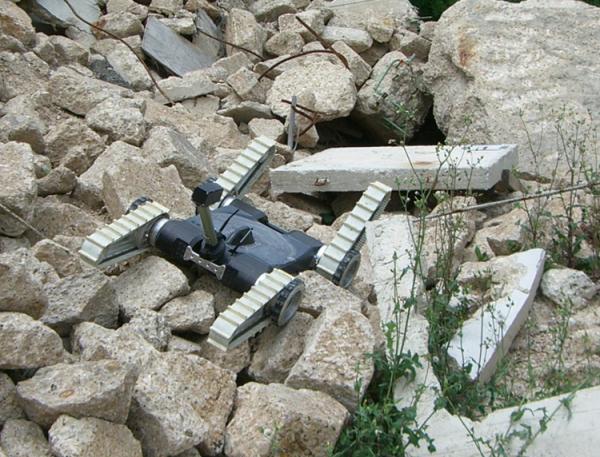Researchers at the University of Oklahoma and at Texas Tech are developing technologies to improve disaster prediction and response, but emergency managers are not as quick to move these advances out of the lab and into the field.
Oklahoma mathematician Theodore Trefalis works on artificial intelligence methods that have been shown to improve the short-term prediction of tornadoes. His methods use machine learning, a set of computational-intensive techniques for extracting insights from enormous amounts of data.
Machine learning methods “are made to extract patterns within the data,” says Trefalis’ graduate student Robin Gilbert. When working with large data sets, like weather, machine learning means that “you don’t need to store and analyze terabytes of data, you just find the pattern and use it.”
Trefalis and Gilbert focus on finding tornado patterns, and have earned plaudits from artificial intelligence peers for it. The pair won multiple awards for papers published at last year’s Artificial Neural Networks in Engineering research conference, “an unprecedented accomplishment” according to OU meteorology colleague, Michael Richman.
Keith Jones’ work on urban search and rescue (USAR) robots at Texas Tech is less technically complex than Trefalis’, but it also stands to impact the emergency management community. He is finding that if the tele-operators of remote-controlled USAR robots were better drivers, the robots would be less likely to become wedged in the openings they are trying to move the machines through.
These robots are a far cry from Star Wars, and generally consist of just a small tracked base, like on a tank, and a UHF camera capable of transmitting video to a base station, according to Jones.
Tele-operators use a radio-controller to guide the machine from a distance, and robots vary individually in terms of the precision with which an operator can guide it.
Operators are actually pretty good at gauging the size of the opening they move robots through, Jones has found, but “operators’ driving performance is not so good” and is more often the reason for a USAR robot getting stuck.
The good news is that operator-driving skills improve with dedicated practice, Jones’ research shows.
Both Trefalis’ and Jones’ work improves on current practices for tornado prediction and USAR, but neither has been widely adopted by emergency management community.
According to Jones, emergency managers challenge him, saying”Convince me that when we get out in the field it’s going it’s going to make a difference.” There’s an inherent skepticism that his controlled experiment translates to what they face at the site of a catastrophe.
Trefalis faces similar hurdles, made more difficult by the complex computational mathematics of machine learning. “Usually emergency practitioners want to see pictures or images,” said Gilbert, and providing them with what he and Trefalis see, their algorithms’ standard output, “is not very practical.”
“We are mathematicians and in order to talk to these people, we have to simplify and sometimes distort what we are doing (to be understood),” says Trefalis.
Visualizing the results of their computational analysis takes the Oklahoma researchers out of their normal role. “We are not graphic designers,” says Gilbert. “It is very hard to tell people what we are doing if we don’t have eye candy to show them.”
Jones, however, feels he has gained traction communicating to emergency managers. “I use the analogy of parallel parking a car,” he says. To successfully navigate an automobile into a tight space, one takes into account both the size of the space and the skill of the driver. “It gets the point across.”






